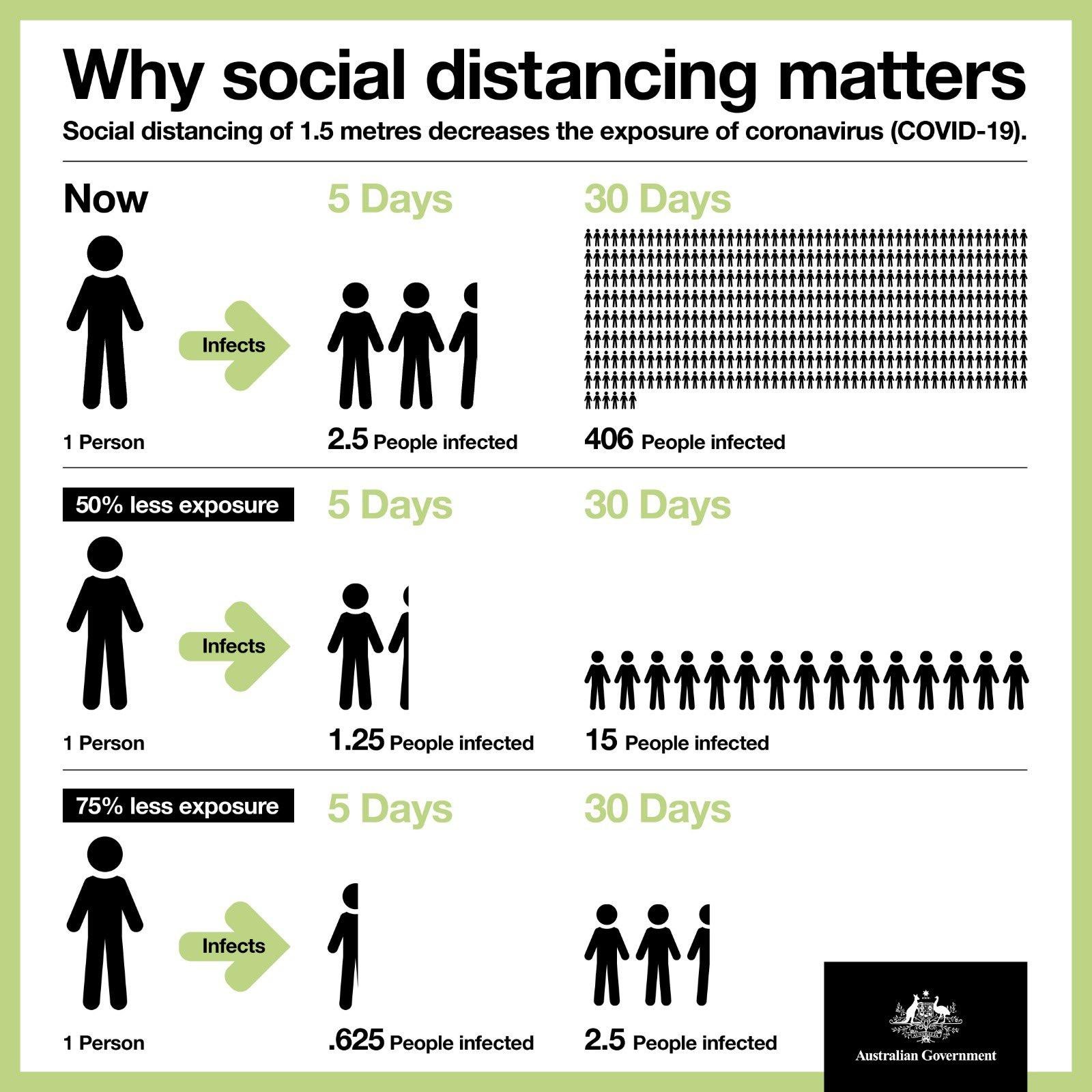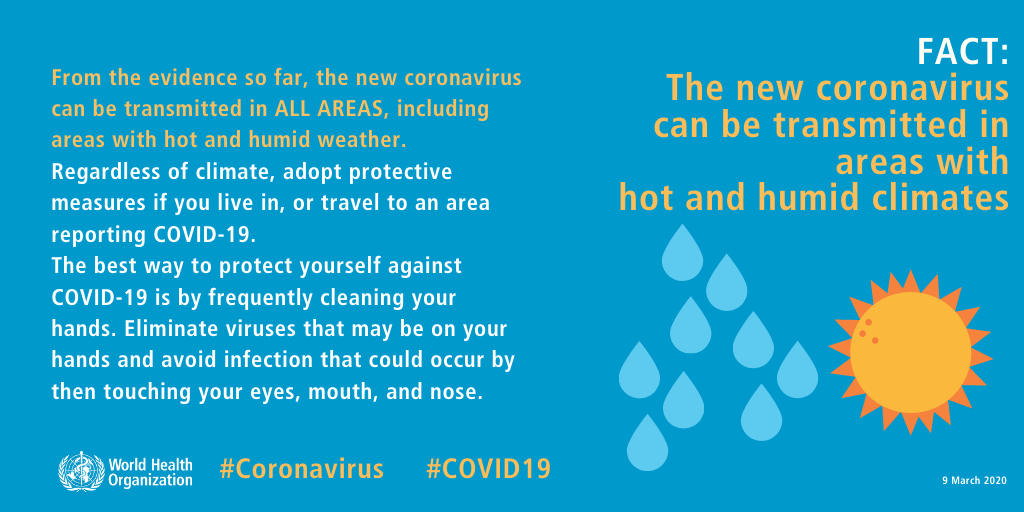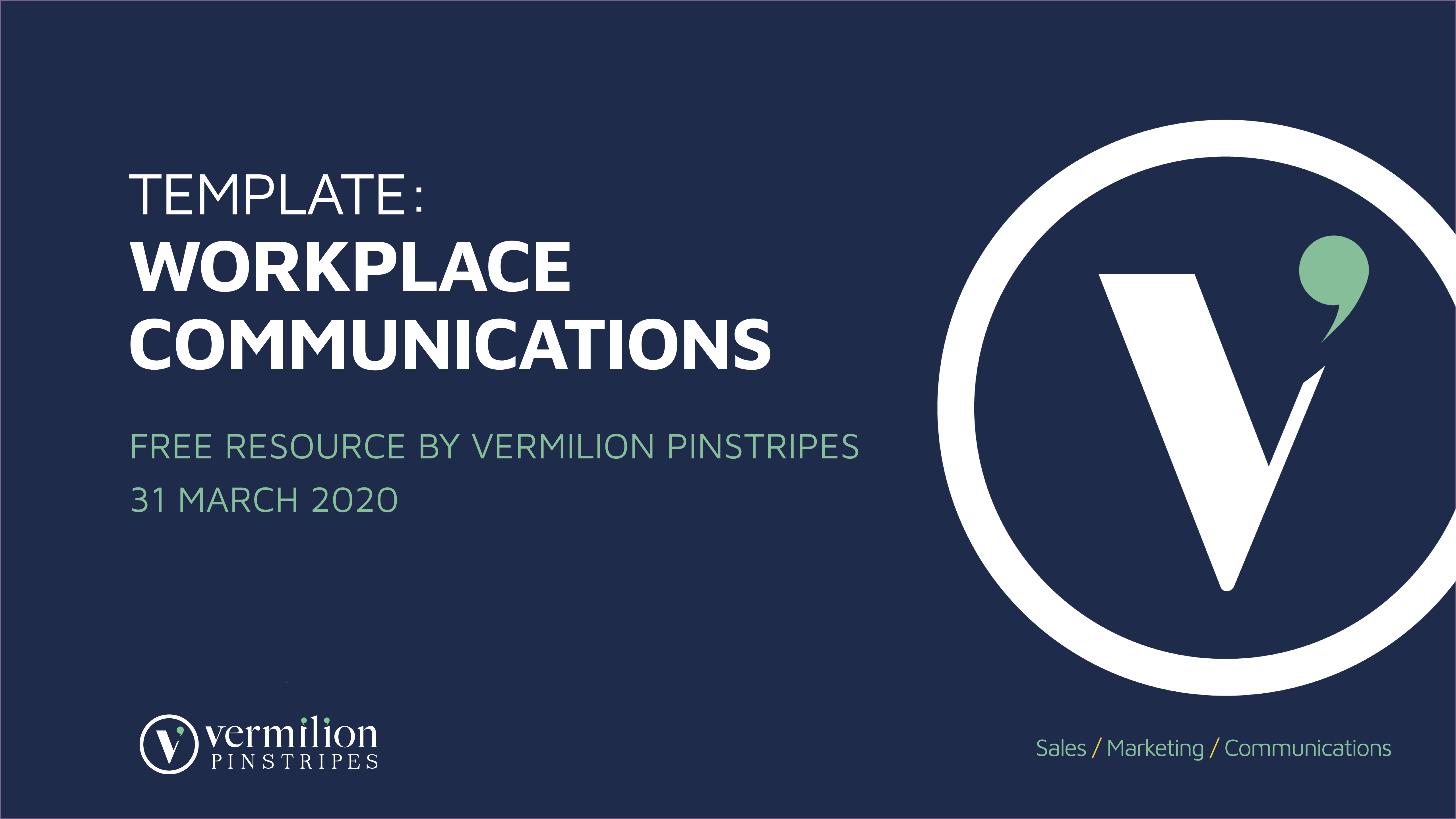To understand how to effectively manage communications during this global pandemic, we need to take a look back at past experiences with outbreaks.
Back in 2003, Singapore experienced the SARS (Severe acute respiratory syndrome) outbreak. It started in February 2003 with a young woman infected while travelling abroad. Her return to Singapore set off the spread of the SARS virus to 238 people, 33 of whom died. It was a global epidemic involving 20 other countries. Singapore managed to contain the virus in May 2003.
During that time, just like today, the speed of the outbreak and the amount of information (or misinformation) made it terrifying and challenging to manage. What we are seeing in this COVID-19 outbreak is panic buying in many cities worldwide when information is unclear, delayed or misinterpreted by the public.
For businesses, simple and effective communications is critical in today’s COVID-19 climate. They need to maintain a level of normalcy while dealing with the near daily changes in regulatory advisories such as work arrangements, border or movement controls and safe distancing practices. Read our blog "How COVID-19 is changing the way businesses work".
During this time, as everyone grapples with the changes in work arrangements, productivity and morale may dip. It is imperative to continue to maintain open communication lines with your employees, help them navigate the changes and further engage with their customers, partners and local stakeholders in the extended workplace.
Here are three top tips on simple and effective workplace communications to help you maintain trust while raising morale, performance and productivity:
1. Maintain a Single Source of Truth.
This is a concept in information systems design. Single source of truth (SSOT) as “the practice of structuring information models and associated data schema such that every data element is mastered (or edited) in only one place.” What this means is that any changes or “updates” to the data element in the source location can be propagated to the network without someone forgetting to make the change.
In workplace communications (also known as employee communications, internal communications, etc), it is imperative to have a single source of truth for all employees to check or verify information quickly. This could be in the form of an intranet or a closed group in a social media platform where all hands have access to.
Pro Tip: Index the documents, messages and graphics in that SSOT. This is important in today’s misinformation or fake news age where content can be downloaded or shared widely. By indexing your content, you will be able to determine the authenticity of the content that is shared as well as verify the context it was originally intended for.
2. Keep it Clear, Simple and Human.
Instead of saying many things, just go straight to the point. Think of every message as a single Twitter post.
Here’s an example:
“As I said on @abc730 last night, yesterday over $100b was injected into the economy to support lending to small & medium businesses. We will do what it takes to support Australian jobs & businesses & the Govt is absolutely focused on ensuring we build a bridge to recovery.” – Josh Frydenberg. (source here)
There is quite a bit of information here - ABC news, economy, lending, businesses, jobs, government, recovery, etc. It needs to address what Australians are feeling at the moment. Contrast that statement with this:
“Today I spoke with our Nation’s Small Businesses, which employ nearly half of America’s workforce. We are taking the MOST aggressive action in history to deliver fast relief to your businesses and workers. We will always protect our Small Businesses! @SBAgov” – Donald J. Trump. (source here)
President Trump’s speech is clear, simple and human. Businesses with rents to pay, staff on salaries and inventory to move just want to know that their cries for help have been heard and that they will be getting their pain relief soon.
In communicating to your employees, business partners and even local community stakeholders in your extended workplace environment, speak from the heart to let them know that you have heard them and that you are working on various options for them.
3. Be Accurate.
Never put out inaccurate statements, no matter how much you are pressured to respond within the minute. This is because once a statement goes out in today’s Internet age, it is almost impossible to retract or correct. Any corrections will just cause confusion among your employees or supply chain partners.
Pro Tip: Build in time for a review session in which the difficult questions are asked. Ensure that there are colleagues with different expertise and responsibilities and who will ask the most paranoid questions. Have someone meticulously check and re-check the facts before putting the statements out.
For instance, in announcing your business continuity plan (BCP) for your Teams A and B, your communications need to state who (team members), where (location of their sites), when (tenure of the arrangement), why (rationale for the arrangements) and how (explain the schematic). In such announcements, you should expect to get a wide range of questions from employees – anything from “how can I stay safe in the crowded trains coming into the office” to “why do I need to turn on my GPS? Doesn’t the company trust me?”. Think ahead of the questions and ensure that the answers are accurate before responding.
Ready to Communicate? Have a 3-step Approach.
An effective workplace communications plan needs a variety of communications approaches. The idea is not only to communicate but also to ensure that your employees are able to receive the information. This makes for clear, simple and effective communications at the workplace.
Verbal, written and visual communications complement each other in today’s fast-paced world. For instance, here is what you can do:
- You can quickly write an email or type up a memo to be issued to all employees,
- Host an all-hands e-meeting or video conference with your teams, and
- Follow-up with a series of visuals to strengthen your message delivery.
My good friend and communications consultant-turned-designer, FangTing Zheng, says “Combining visuals with text in workplace communication helps employees better understand, absorb and retain information. Good visual communication can also help to improve employee engagement and employee branding. Sending out a well-designed piece of communication shows employees that their leadership team cares.”
Ultimately, good design adds value to businesses by aiding in two-way communications as well as strengthens emotional ties.
Below are a couple of examples which are clear and simple, and shareable with colleagues, friends and family.
*Picture One – Great infographic by the Australian Government on why social distancing matters as the country races to minimise the risk of infection.

* Picture One
**Picture Two – The World Health Organization (WHO) is dealing with the myriad of myths about COVID-19 in a simple and creative way. (see here) For instance, for people who think that the coronavirus will clear away in the summer months, WHO has this to say – No, the coronavirus can be transmitted in all areas, including those with hot and humid weather.
 ** Picture Two
** Picture Two
In Summary:
Clear, simple and effective workplace communications can be achieved with good planning, solid teamwork and the appropriate use of tools. Always remember, communications is, and will always be, a two-way process. So, lend a listening ear, share empathy and convey kind and thoughtful messages in the workplace and beyond.
If you need a free presentation template to use for your workplace communications, please download this 10-slide deck (available in PowerPoint, Keynote and PDF). It has proposed text and visuals to help you better communicate with your stakeholders.
Click on image below to download.
Should you wish to discuss any specific communications issues with our Communications strategist, please contact us for a free 30-min consultation.




